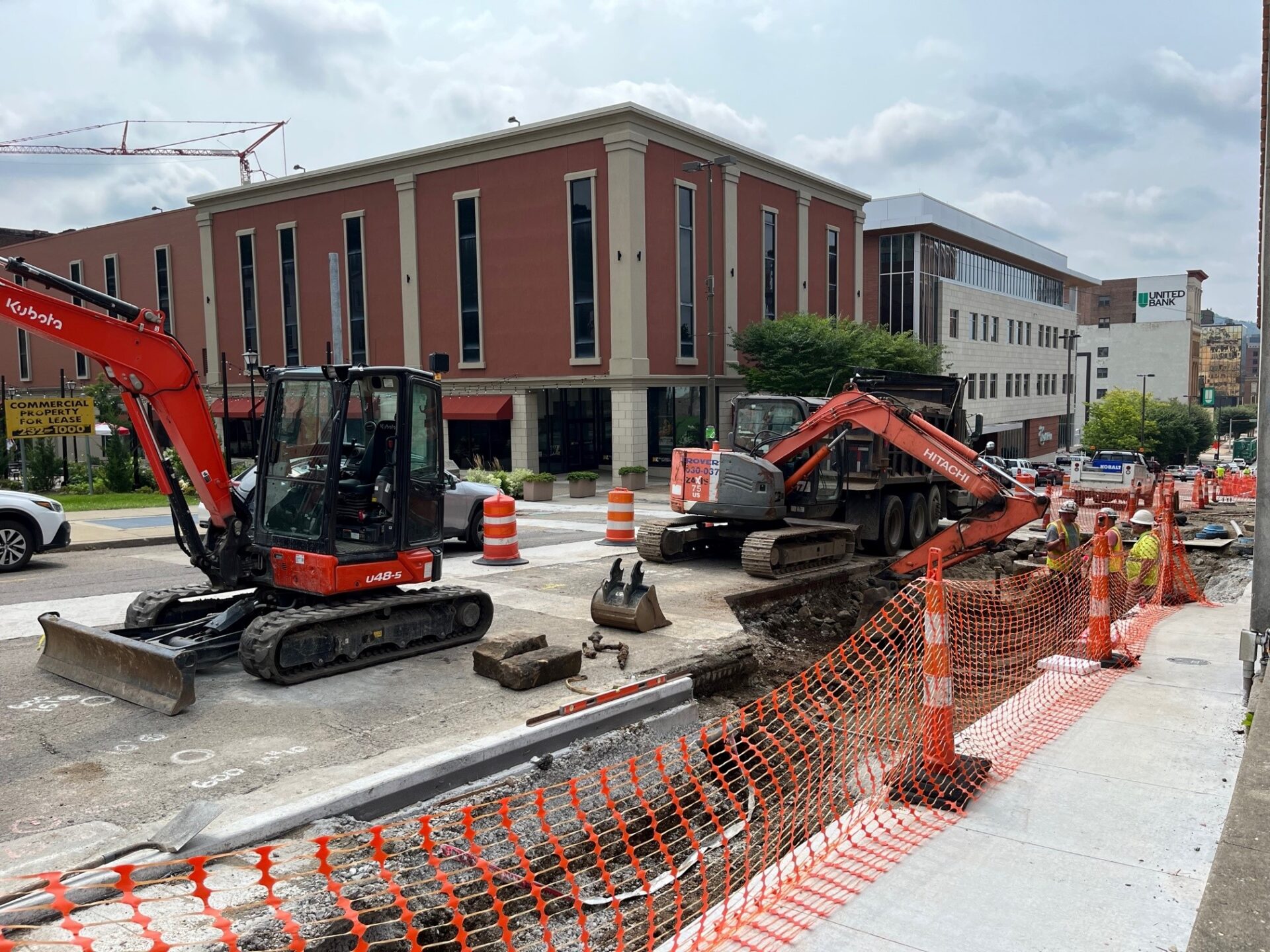Gov. Jim Justice announced Friday morning a $13.5 million comprehensive upgrade of Huntington’s Hal Greer Boulevard, also known as 16th Street, all the way from Washington Boulevard to Third Avenue.
Gov. Jim Justice announced Friday morning a $13.5 million comprehensive upgrade of Huntington’s Hal Greer Boulevard, also known as 16th Street, all the way from Washington Boulevard to Third Avenue.
Transportation Secretary Jimmy Wriston said the project would be fast tracked, with a field office going up in January, building demolition in February and road work beginning in the spring of 2023.
“This one’s comprehensive,” Wriston said. “It has all the bells and whistles, pedestrian, bike path, new lighting, landscaping, you name it, this project’s got it.”
Huntington Mayor Steve Williams said the project was more than a decade in the making, with stakeholders from the Fairfield neighborhood to hospital and university presidents joining in a planning alliance.
Designs will highlight safety, accessibility, beauty and economic development for the main corridor that leads people from I-64, to Cabell-Huntington Hospital and to the downtown area and Marshall University.
“With all of the business development that is planned on Hal Greer Boulevard, in five years, anybody who’s coming through here right now will not recognize Hal Greer Boulevard,” Williams said. “It will be absolutely transformed.”
The project will also highlight a partnership with the Thundercloud “First Dig” Initiative, laying underground broadband fiber along the corridor, providing internet speeds that partners say will be 1000 times faster than what locals are experiencing now.
